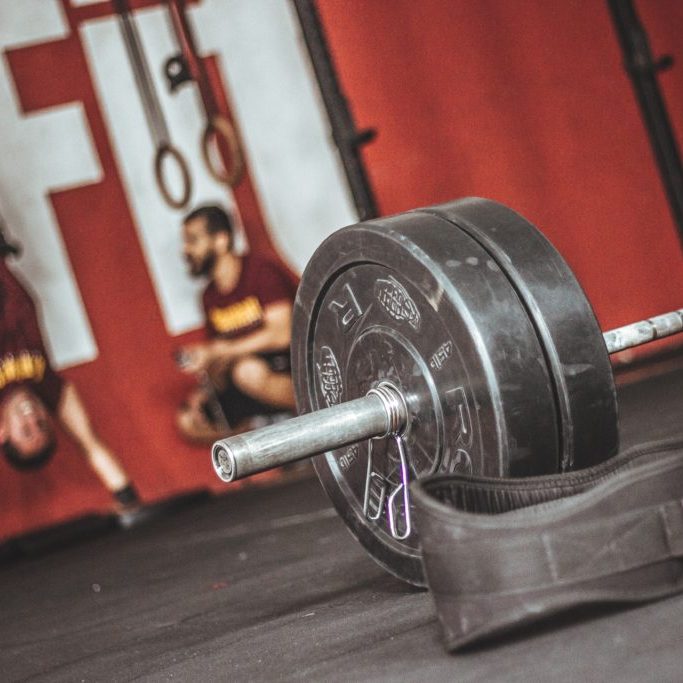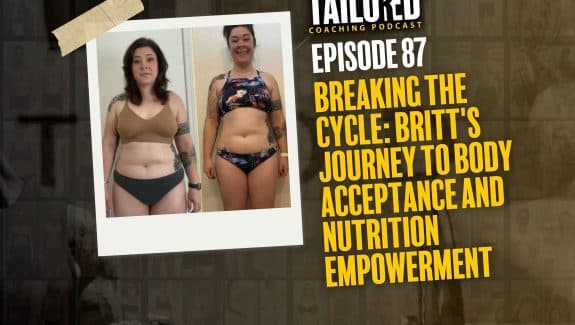Five weeks of serious CrossFit action coming at us as we’re only a month away from the release of 19.1!!
What do you want the five weeks of Open to look like for you? What are you doing each week to make sure your performance at that next Open workout is even better than the last? Inside your nutrition strategies, what will you be improving upon?
What you do in the weeks leading up to the Open are just as important as what you do during this competition period. And since we’ve previously broken down Leading Into The Open, today we’re going to break down some intra-Open strategies for you to use throughout the next few weeks while you’re going balls to the wall inside your training.
Fuel
Heading into the Open, my main goal as your coach are to make sure you are fueled for each workout and recovering in between workouts.
Each week during the Open, you should be hitting your macros every day and potentially adding extra carbohydrates. The bulk of your calories is going to be coming from carbohydrates since they are the body’s most readily available source of energy. This will allow you to be constantly replenishing glycogen (energy) stores and recovering as much as possible.
We want to be able to increase carbohydrate intake as we get closer to Open workout day, but you don’t want to have to push to that uncomfortably full point. Communication between you and your nutrition coach is key here! The goal is to push food intake as much as possible to fuel performance and recovery without being uncomfortable and also avoiding digestion issues.
Carbohydrates will always be our preferred fuel source because almost every high intensity workout is glycolytic. In addition to higher carbs, we might want to add in fats when there are strength-focused workouts like testing a 1 Rep Max. If you know the Open workout is strength-focused, have fats early in the day (can help enhance the nervous system) and consume extra liquid carbs right before the workout. Keep in mind that you will be using quite a lot of your glycogen stores when pushing the intensity inside these workouts, which will need to be replenished with some easy-quick post-workout carbohydrates like highly branched cyclic dextrin (HBCD).
It’s important to note that competing in any sport is incredibly taxing on the body and the Central Nervous System. This is not the time to be in any sort of calorie deficit. Performance is the main goal when you’re competing so we recommend eating at maintenance level calories or a slight surplus to fuel training.
Recovery
Recovering from your workouts and managing the stress response from your training is an important tool you can use to improve workout performance. Recovery includes food quality and quantity, sleep, and stress management.
As we discussed earlier (and have detailed in other blogs), post-workout carbohydrates are a major catalyst for helping your body switch from sympathetic (fight or flight) to parasympathetic (rest and digest) mode and start the recovery process. Don’t skimp on your post-WOD nutrition, especially during competition season. Consume easily digesting carbs post-workout to calm the stress response from the WOD and replenish glycogen stores.
Athletes should also be tracking their biofeedback markers to ensure recovery from workouts. Managing biofeedback includes tracking the following:
- Stress
- Sleep
- Energy levels
- Workout performance
In an ideal world, each stress in your life with have an equal dose of recovery (as Jason Phillips says). The Open is quite a bit of stress on your body so make sure you have a solid recovery plan in place. Everyone’s recovery plan might look a little different but should include a mix of the following – managing inflammation, eating enough food, rest and active recovery, relaxation, and decreasing other life stressors.
Hydration
Performing at your best also requires staying hydrated. Athletes require more water intake and proper electrolyte balance to aid muscle movement and replenish what’s lost in excess sweat.
Studies have shown exercise performance to diminish with as little as 1% dehydration of body weight. Both foods and liquids you ingest can provide water to your body to aid in nutrient transport, waste excretion, and various cell functions.
It is important to replace fluids and electrolytes lost in intense or prolonged activity to help your body recover. To remain hydrated, be sure to drink at least half of your body weight in ounces of water plus 15 ounces on days you exercise.
We also recommend consuming electrolyte-containing beverages after sweat-inducing training. You can add salt to your foods or a pinch to your water to increase electrolytes and keep your cells hydrated. This is especially important for those working out in warmer climates where excess sweat is likely.
Weekends During the Open
One other topic that we need to tackle for those of you competing in the Open is what you do on the days after you complete 19.X. Say you do the workout Friday Night Lights style at your gym, what are you doing that weekend?
Are you telling yourself, “man that was tough! Castro is a prick! I deserve some beers tonight.”
You do need to replenish your calories and glycogen stores by getting in adequate carbohydrates, but don’t forget about that recovery section above! If you go all out in your workout and then don’t take care of yourself before next week’s WOD, your performance will not improve, and may even get worse, week to week.
Instead of indulging in some extra “cheat meals,” switch your mindset to recovering for next week by filling the majority of your macros with whole foods, sleeping at least 7 hours, and getting ready to go again next Friday.
Competing in any sport is incredibly taxing on the body. The tactics listed here are meant to show the importance of having enough fuel and energy to compete, while also prioritizing recovery and being able to switch back into parasympathetic mode. There is not much focus on longevity here, only on peak performance. The priorities for competitors are getting enough food in to fuel performance and aid recovery while managing biofeedback markers as best you can.
Want to learn more about how to structure your nutrition to fuel performance?
Check out our new Performance Nutrition Manual!!























































































































































































































































































































































































































































































